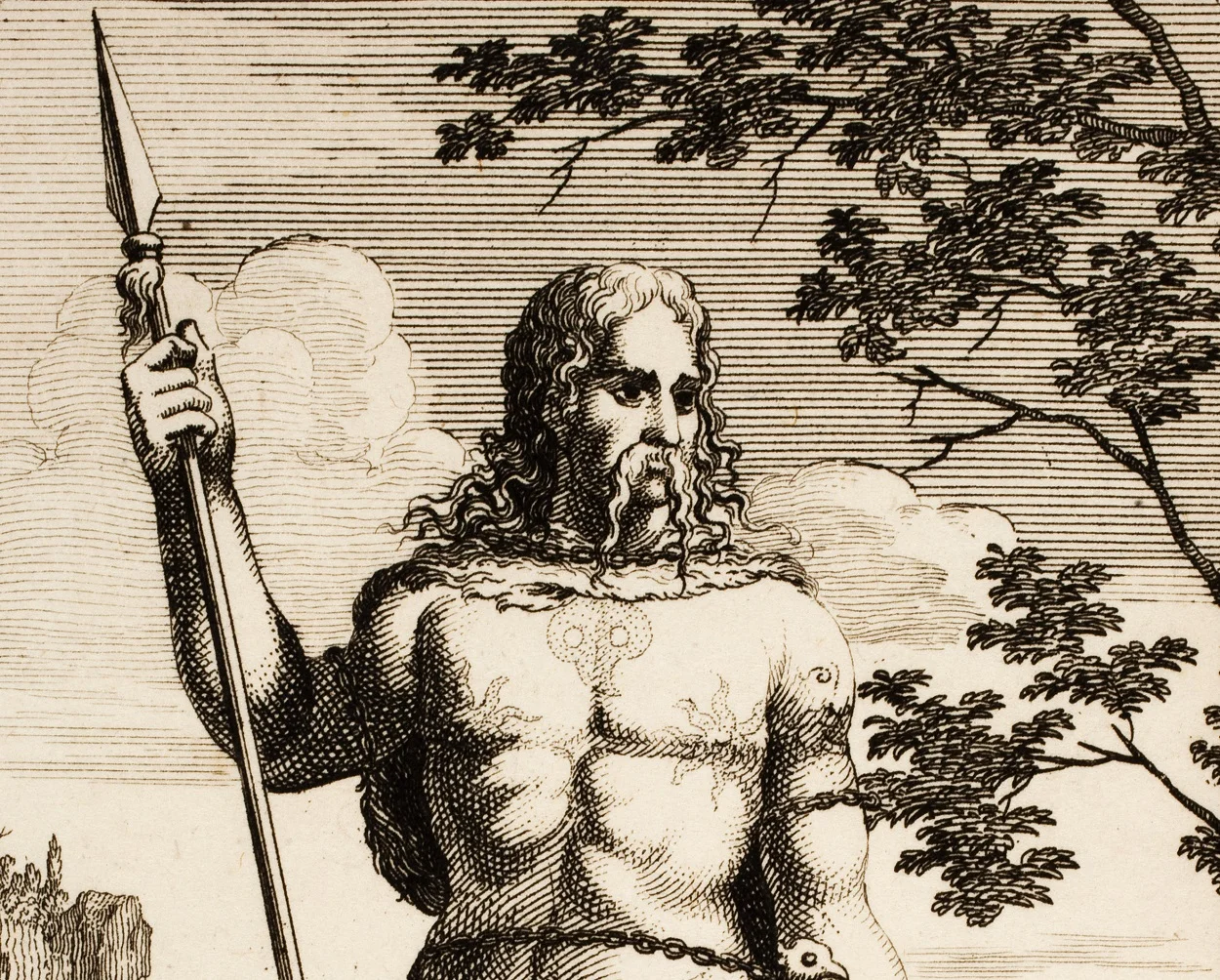During the Pre-Viking and Early Middle Ages around AD 300-900, the Picts inhabited the area north of the Forth-Clyde isthmus in Britain.
Most of what we know about the Picts can be deduced from Pictish stones and early medieval manuscripts. While very little Pictish writing has survived, much of its history is known from external sources, including Bede’s Historia ecclesiastica gentis Anglorum, hagiography of saints’ lives such as that of Columba by Adomnán, and the Irish annals.
Medieval traditions, including from the time of the Picts themselves, had ascribed exotic origins such as Thracians (north of the Aegean Sea), Scythians (eastern Europe), or people from the isles north of Britain.
In a new study published in the journal PLoS Genetics, researchers have extracted genomes sampled from Pictish burials to explore how they are related to other cultural groups in Britain.
The study showed that the Picts descended from local Iron Age populations who lived in Britain before the arrival of people from the European continent, such as the Romans, Saxons, Angles and Vikings. Additionally, the researchers found genetic similarities between the Picts and present-day people living in western Scotland, Wales, Northern Ireland and Northumbria.
According to the study: “The DNA sequenced from seven individuals interred in a Pictish cemetery showed that the individuals had no common ancestor on their mother’s side. This finding suggests that females may have married outside their own social group and runs counter to older speculation, such as that mentioned by the great English scholar Bede, that the Picts were matrilineal; that they had had a society based on kinship through the mother’s lineage.
The latest discoveries corroborate the prevailing archaeological hypotheses that the Picts were the descendants of the Iron Age population of Britain. In addition, the research offers fresh perspectives on the genetic connections between buried Pictish individuals buried together in cemeteries and modern-day populations in the United Kingdom.
https://doi.org/10.1371/journal.pgen.1010360
Header Image Credit : Peace Palace Library – Public Domain





